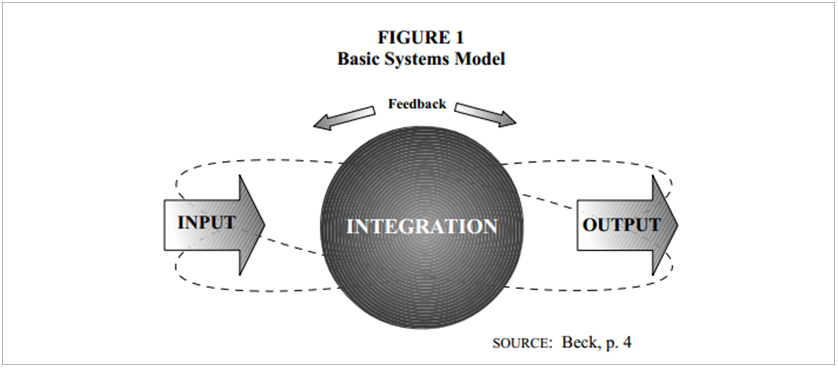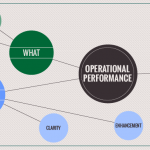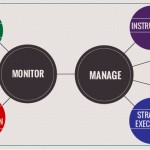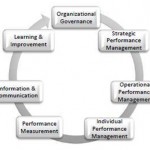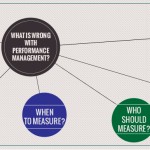Management and organizational processes
All organizations are based on the same ground principle: communication. In order to master the art of communication in the business world, it is necessary to possess knowledge regarding the various processes that help the communication flow within the company and that are based on this concept at the same time. Communication in organizations may be defined as a frame for other organizational processes, including leadership, teamwork, organizational activities and management.What organizations do is integrate inputs into processes in order to produce services and products that qualify as outputs. This system is named by Charles Beck the Basic Systems Model. The figure represents the system:
What is interesting to see is the fact that feedback holds an important position in the scheme, that of flowing back into the system, as a part of integration and also as new input. This general description successfully applies to human processes like communication and management functions within organizations. Feedback may be given for a near term or for long term, depending on the specific requirements of a certain project.
- Input in this model implies a series of factors such as language and culture of individuals, their background knowledge and abilities, raw materials and equipment and also the legislation and norms system of the society.
- As part of the integration part in the system we find individuals, organizational structure, technology and last but not least communication patterns. From the point of view of the organizational level, integration comprises the type, size, complexity and expertise of the organization’s members.
- In regards to the output, we mention as elements included ideas, goods, services and also knowledge and information.
Another process model that we find useful to take a glance at is the management process model, also illustrated by Charles Beck, in his work, Managerial Communication: Bridging Theory and Practice.
As to the general belief that communication underlies other organizational processes, we may observe how four of them interrelate: the traditional functions of management, the process of leadership, the process of teamwork, and the traditional functions of organizations. The model emphasizes the four functions in the management process: planning, organizing, directing and motivating.
- Organizing addresses matters such as staff, physical space, hardware, workflow relationships and supervisory relationships.
- Planning and organizing establish the structure of and organization.
- Directing deals with daily activities.
- Motivation has to do with what triggers the results of employees. Targets may be met, in which case the employees have the right reasons to feel motivated, or they can be exceeded, which may account for an exceptional motivation or in some cases, an inexact understanding of the process. Targets can also fail to be met, in this case the reasons are multiple: poor organizational structure, incomplete training or insufficient effort.
In all cases, communication forms a strong basis, on which organizations found their everyday operations and long term projects.
The article that stands as a source to this post describes 7 models that occur in organizations. Feel free to go through the article and, as an exercise, try to identify the models that work in your organization.
Resource:
Figures source:

Tags: Performance Management, Theory
